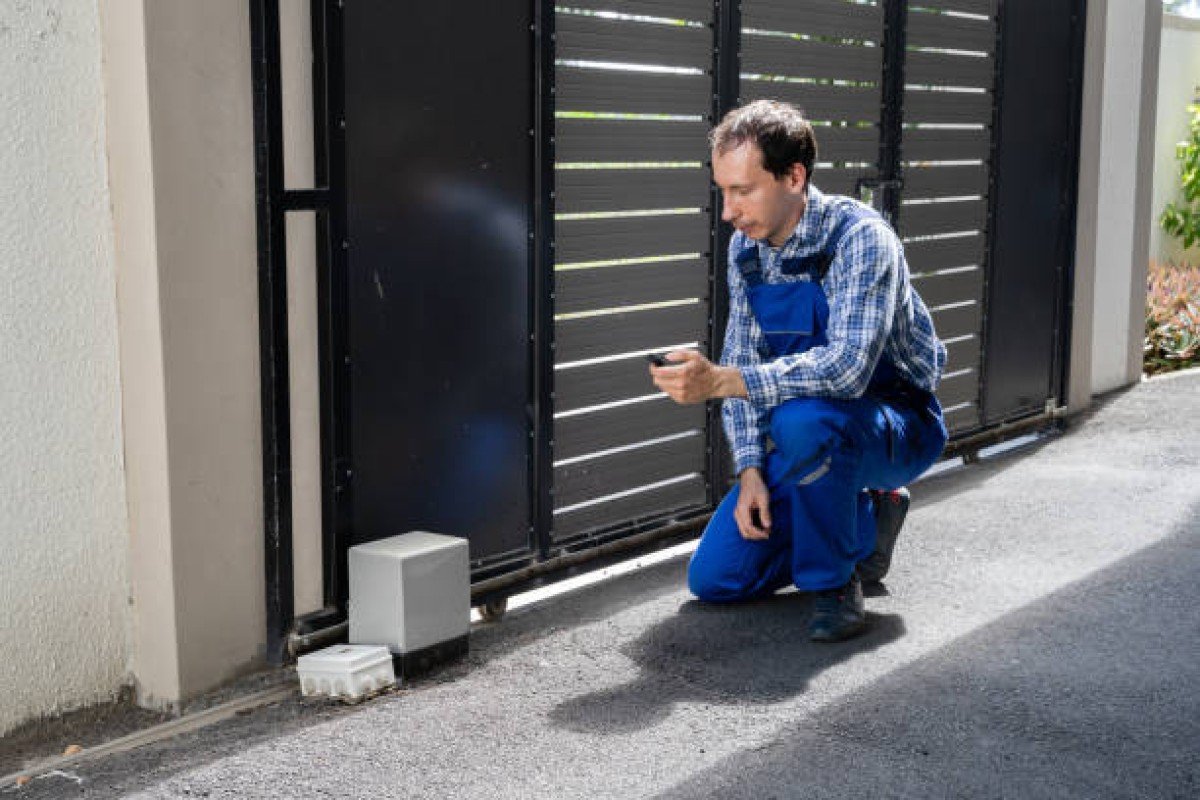Emergency roller shutter repairs are critical for maintaining the security and functionality of commercial and industrial properties. However, these repairs can present safety challenges if not handled properly. Ensuring the safety of technicians, employees, and the general public is paramount during repair operations. This article explores key safety considerations to keep in mind during emergency roller shutter repairs.
1. Conduct a Thorough Risk Assessment
Before beginning any repair work, it is essential to conduct a comprehensive risk assessment of the area. This involves identifying potential hazards, assessing the likelihood and impact of each hazard, and implementing measures to mitigate these risks. Factors to consider include:
- Environmental Conditions: Evaluate weather conditions, lighting, and the presence of other hazards, such as electrical wiring or nearby machinery.
- Access and Egress: Ensure clear access to and from the repair site for both workers and emergency services.
- Equipment and Tools: Assess the condition and suitability of all equipment and tools required for the repair.
A thorough risk assessment helps prevent accidents and ensures that all necessary precautions are in place before work begins.
2. Use Personal Protective Equipment (PPE)
Personal Protective Equipment (PPE) is crucial for protecting technicians and other personnel during roller shutter repairs. Depending on the nature of the work, required PPE may include:
- Hard Hats: Protect against head injuries from falling objects or debris.
- Safety Glasses or Goggles: Shield eyes from dust, debris, and potential chemical exposure.
- Gloves: Provide protection against cuts, abrasions, and electrical hazards.
- High-Visibility Clothing: Ensure workers are visible to others, especially in low-light conditions.
- Safety Boots: Protect feet from heavy objects and provide slip resistance on various surfaces.
Ensuring that all personnel are equipped with and properly use the appropriate PPE can significantly reduce the risk of injury.
3. Implement Safe Work Practices
Adopting safe work practices is essential for minimizing risks during emergency repairs. Key practices include:
- Lockout/Tagout Procedures: Ensure that all power sources to the roller shutter are disconnected and locked out to prevent accidental activation during repairs.
- Use of Proper Tools and Equipment: Verify that all tools and equipment are in good working condition and appropriate for the task.
- Avoid Working Alone: Whenever possible, ensure that at least two workers are present during repairs to provide assistance and respond to emergencies.
- Maintain a Clean Work Area: Keep the repair site organized and free of unnecessary clutter to prevent trips and falls.
These practices promote a safe working environment and help prevent accidents during repairs.
4. Provide Adequate Training
Proper training is essential for ensuring that all personnel involved in roller shutter repairs are competent and knowledgeable about safety procedures. Training should cover:
- Understanding of Equipment: Workers should be familiar with the operation and potential hazards of the roller shutter and associated equipment.
- Emergency Procedures: Personnel should know how to respond to emergencies, including first aid, evacuation, and communication protocols.
- Safe Handling Techniques: Training on the correct handling of tools, materials, and equipment to minimize risk.
Ongoing training and refresher courses help keep workers informed about the latest safety standards and practices.
5. Communicate Effectively
Effective communication is key to maintaining safety during emergency repairs. Ensure that all team members understand the repair plan, safety procedures, and emergency protocols. Regular safety briefings and updates during the repair process can help reinforce safety awareness.
Additionally, clear communication with other employees and customers about the ongoing repair work is important to prevent unauthorized access to the repair site and ensure everyone is aware of potential hazards.
6. Monitor and Review Safety Measures
Continuous monitoring of safety measures during the repair process is essential to identify and address any emerging risks. Supervisors should conduct regular safety checks and encourage workers to report any concerns or incidents immediately.
After completing the repairs, conduct a review to evaluate the effectiveness of the safety measures and identify any areas for improvement. This feedback can be used to enhance future repair operations and maintain a culture of safety.
Conclusion
Emergency roller shutter repairs are vital for maintaining the security and functionality of business premises. However, these repairs must be conducted with a strong emphasis on safety to protect workers and the public. By conducting thorough risk assessments, using appropriate PPE, implementing safe work practices, providing adequate training, communicating effectively, and continuously monitoring safety measures, businesses can ensure a safe and successful repair process. Prioritizing safety not only protects individuals but also contributes to the long-term success and reputation of the business.

 News3 months ago
News3 months ago
 Health2 years ago
Health2 years ago
 Technology2 years ago
Technology2 years ago
 Celebrity2 years ago
Celebrity2 years ago

















